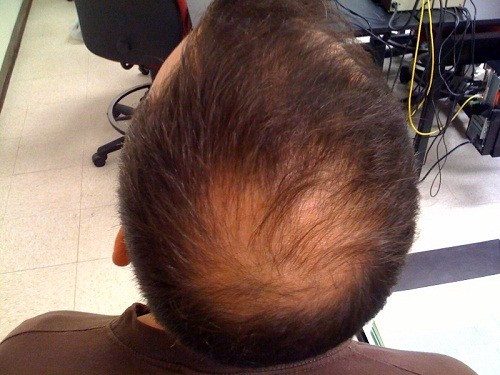Have scientists discovered the cure for baldness?
Scientists say they have found a protein responsible for hair growth and hair loss.
Scientists may have found the cure for baldness by identifying the chemical that affects hair growth, according to a study published in the Biophysical Journal.
The study, conducted by researchers at the University of California, says that the discovery could "not only treat baldness" but also aid in finding a cure to ultimately "speed wound healing."
The researchers analysed hair follicles and found out that a protein called TGF-beta is the one that controls when hair follicles divide, and when they die. Stem cells that heal the body are also found in hair follicles.
"TGF-beta has two opposite roles. It helps activate some hair follicle cells to produce new life, and later, it helps orchestrate apoptosis, the process of cell death," explained study co-author Qixuan Wang.
"Even when a hair follicle kills itself, it never kills its stem cell reservoir. When the surviving stem cells receive the signal to regenerate, they divide, make new cells, and develop into a new follicle," he added.
Scientists believe that it may be possible to stimulate hair growth by activating follicle stem cells. Hair follicles are the only human organs that regularly and automatically regenerate themselves, adds the study.
If a cell produces too much TGF-beta, it dies. If it produces the right amount of the chemical, new cells are formed. Wang, however, adds that more research needs to be done to say anything concrete about the cure.
Stem cells are special human cells that are able to develop into many different cell types. They can even heal damaged tissues. Some studies in the past have also claimed that stem cell-based therapies may be able to treat diseases such as paralysis and Alzheimer's in the future.
In 2017, Korean scientists claimed that a protein called the CXXC-type zinc finger protein 5 (CXXC5) blocks the natural process of hair regeneration and wound healing. The researchers found that when CXXC5 combines with another protein called Dishevelled, it prevents hair regrowth.
They had developed a new biomaterial that hinders the CXXC5 and the Dishevelled proteins from merging. However, the treatment is not yet ready to be made available to humans.























